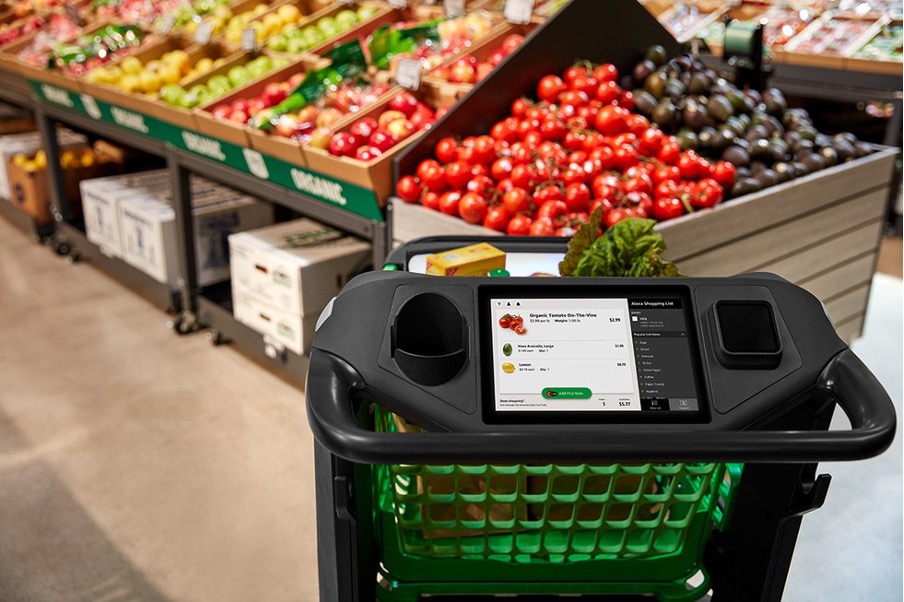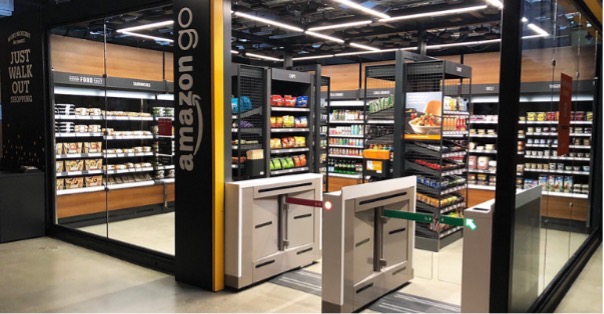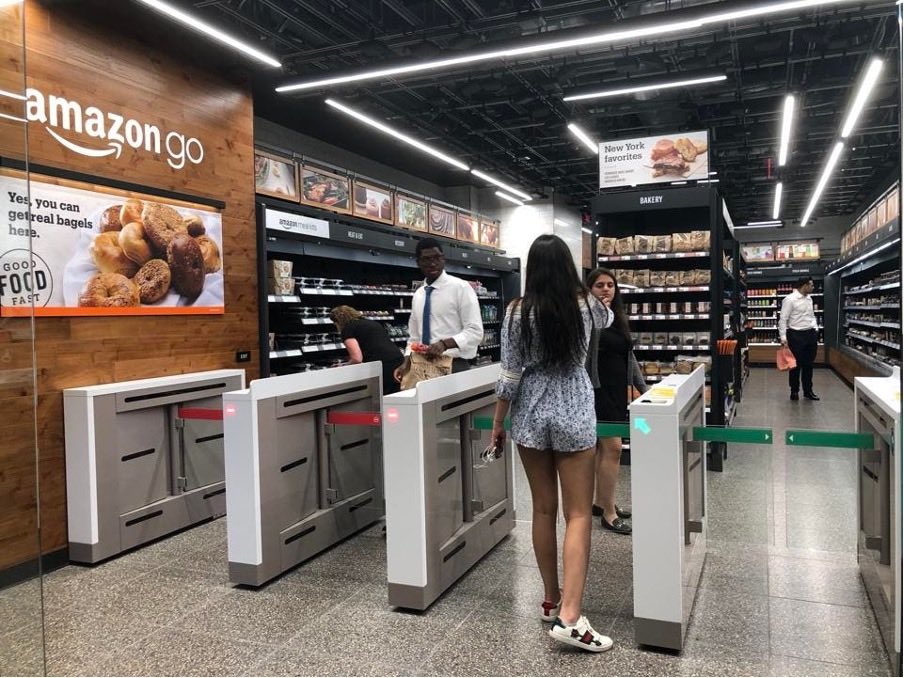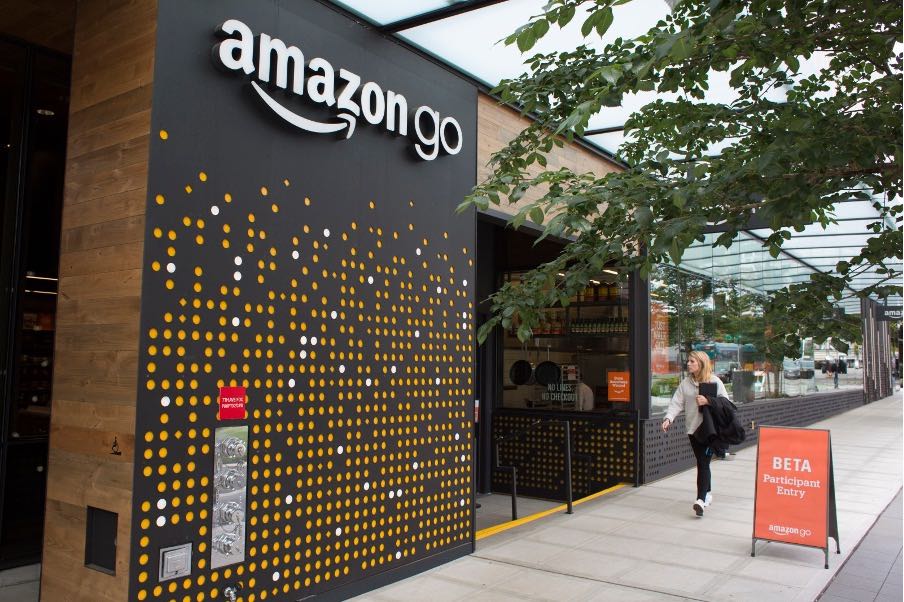The retail industry has undergone a seismic transformation in recent years, driven by technological advancements and changing consumer preferences. One of the most ground-breaking developments in this space is Amazon Go, a cashier-less, brick-and-mortar retail concept introduced by the e-commerce giant Amazon. In this article, we will explore the journey of Amazon Go, its innovative technology, impact on the retail landscape, and the potential future it envisions for the world of shopping. Amazon Go is a chain of stores that utilizes a blend of artificial intelligence, computer vision, and sensor fusion technology to eliminate the need for traditional checkout counters.
The Birth of Amazon Go
Amazon Go was officially launched to the public on January 22, 2018, with its first store in Seattle, Washington. However, the seeds of this revolutionary retail concept were sown years earlier. Amazon had long been at the forefront of e-commerce, disrupting traditional retail models with its vast online marketplace. However, the company saw an opportunity to bridge the gap between the convenience of online shopping and the tangible, immediate experience of in-store shopping.

The Technology Behind Amazon Go
The core of Amazon Go’s success lies in its cutting-edge technology. At its heart is a system that combines computer vision, sensor fusion, and deep learning algorithms. Shoppers use the Amazon Go app to enter the store, and once inside, they can pick up items, place them in their bag, and simply walk out. There are no cashiers, no checkout counters, and no lines. This seamless experience is made possible by the following technologies:
– Computer Vision: Cameras positioned throughout the store track the movements of shoppers and the products they pick up. This computer vision technology can identify and differentiate between various items, even if they are similar in appearance.
– Sensor Fusion: In addition to cameras, Amazon Go stores use a combination of sensors, including weight sensors on shelves, to detect when items are removed or returned. This ensures that the system accurately records what shoppers take.
– Deep Learning Algorithms: The data collected from cameras and sensors is processed by deep learning algorithms, which continuously improve their accuracy over time. These algorithms are trained to identify shoppers, their actions, and the products they interact with.
The Shopping Experience
One of the main advantages of Amazon Go is the elimination of long checkout queues. Traditional retail stores often leave customers frustrated, wasting precious time waiting in line to get their purchases tallied and paid for. With Amazon Go, however, customers can simply walk in, grab what they need, and walk out, with no interactions with cashiers or self-checkout machines required. The Amazon Go shopping experience is unlike any other. Shoppers simply need to download the Amazon Go app and log in with their Amazon account, scan their unique QR code at the store’s entrance, grab the items they want, and place them in their bag. Then, they can walk out of the store, and the system automatically tallies the items in the shopper’s bag and charges their Amazon account.
This frictionless shopping experience has garnered praise for its convenience and time-saving benefits. Shoppers no longer need to waste time waiting in line, making it particularly attractive to urban dwellers and busy professionals. The swift and hassle-free approach to shopping has garnered accolades for its convenience, allowing people to regain control over their time.

Expansion and Growth
Following the success of the first Amazon Go store, the concept quickly expanded. By 2021, Amazon had opened over 30 Amazon Go stores across the United States, with plans for further expansion. These stores varied in size and offered a range of products, from convenience items and snacks to ready-to-eat meals and grocery staples.
Amazon also introduced Amazon Go Grocery, a larger format store that aimed to provide a more comprehensive grocery shopping experience without checkout lines. This expansion demonstrated Amazon’s commitment to disrupting not only convenience stores but also the traditional grocery industry.
Impact on the Retail Landscape
Amazon Go’s disruptive technology and business model have had a significant impact on the retail landscape:
– Competitive Pressure: Traditional retailers have been forced to innovate in response to Amazon Go. Some have experimented with cashier-less checkout systems of their own, while others have focused on enhancing the in-store shopping experience to compete with Amazon’s convenience.
– Job Implications: While some apprehend the automation of jobs, one must consider the creation of new opportunities that such ventures bring. Although traditional cashiers may no longer be necessary in Amazon Go stores, there is a need for personnel to stock shelves, assist customers, and maintain the technology. Additionally, the advancements in AI and computer vision used in Amazon Go can serve as a catalyst for innovation in other industries, such as supply chain management and robotics. This revolution in retail serves as a stepping stone towards the future of the workforce, encouraging the development of new skill sets and a focus on more fulfilling, creative, and problem-solving roles.
– Data and Personalization: Amazon Go collects an immense amount of data on shopper behavior, which can be leveraged to enhance personalization and customer recommendations. This data-driven approach is likely to become a standard in the retail industry.
– Urban Expansion: Amazon Go’s focus on urban locations is transforming the way city dwellers shop. It addresses the needs of busy urbanites who value convenience and time savings.

Challenges and Concerns
While Amazon Go’s innovation has been widely celebrated, it is not without its challenges and concerns. Despite the tremendous success and positive reception of Amazon Go, there are still some challenges and limitations to address:
– Technological Hurdles: The technology powering Amazon Go is complex and expensive to implement. Smaller retailers may struggle to adopt similar systems.
– Privacy Concerns: The extensive data collection required for the cashier-less model raises privacy concerns. Shoppers may be uncomfortable with the level of surveillance and data tracking involved.
– Job Displacement: As mentioned earlier, the potential displacement of traditional cashier roles is a concern. Retailers must navigate this transition carefully.
– Accessibility: Not everyone has access to a smartphone or the Amazon Go app, which could exclude certain segments of the population from the convenience it offers. However, with the constant advancements in machine learning and artificial intelligence, these issues are likely to be resolved over time.
The Future of Amazon Go
Amazon Go represents a glimpse into the future of retail. As technology continues to advance and consumer expectations evolve, we can expect several developments:
– Further Expansion: Amazon is likely to continue expanding its Amazon Go and Amazon Go Grocery stores, both domestically and internationally.
– Technology Improvements: The technology underpinning Amazon Go will only get better. Improved accuracy, faster processing, and reduced costs will make it more accessible to other retailers.
– Integration with Other Services: Amazon Go’s frictionless shopping experience could be integrated with other Amazon services, such as Prime membership benefits or Whole Foods Market.
– Competition and Collaboration: As more retailers adopt similar technology, we may see both competition and collaboration in the cashier-less retail space. Partnerships and alliances could emerge to jointly develop and share technology.

Conclusion
Amazon Go has redefined the retail experience, ushering in a new era of convenience and efficiency. Its innovative technology, seamless shopping process, and impact on the retail landscape have made it a symbol of the future of brick-and-mortar retail. While challenges and concerns persist, the potential for further growth and evolution in the retail industry is undeniable. Amazon Go is not just a store; it’s a signpost pointing towards a future where shopping is easier, faster, and more personalized than ever before. As technology continues to advance, we can only imagine what exciting developments lie ahead in the world of retail. By eliminating the checkout process and providing a seamless experience, it has set a high standard for convenience and efficiency. The technology employed not only benefits customers but also paves the way for the future of retail and potentially various other industries. With its wide product range and job creation, Amazon Go exemplifies the potential of technology to transform traditional practices into exciting and groundbreaking experiences.
Written by – Aarushi Dadhich
Edited by – Khalid Khursheed




